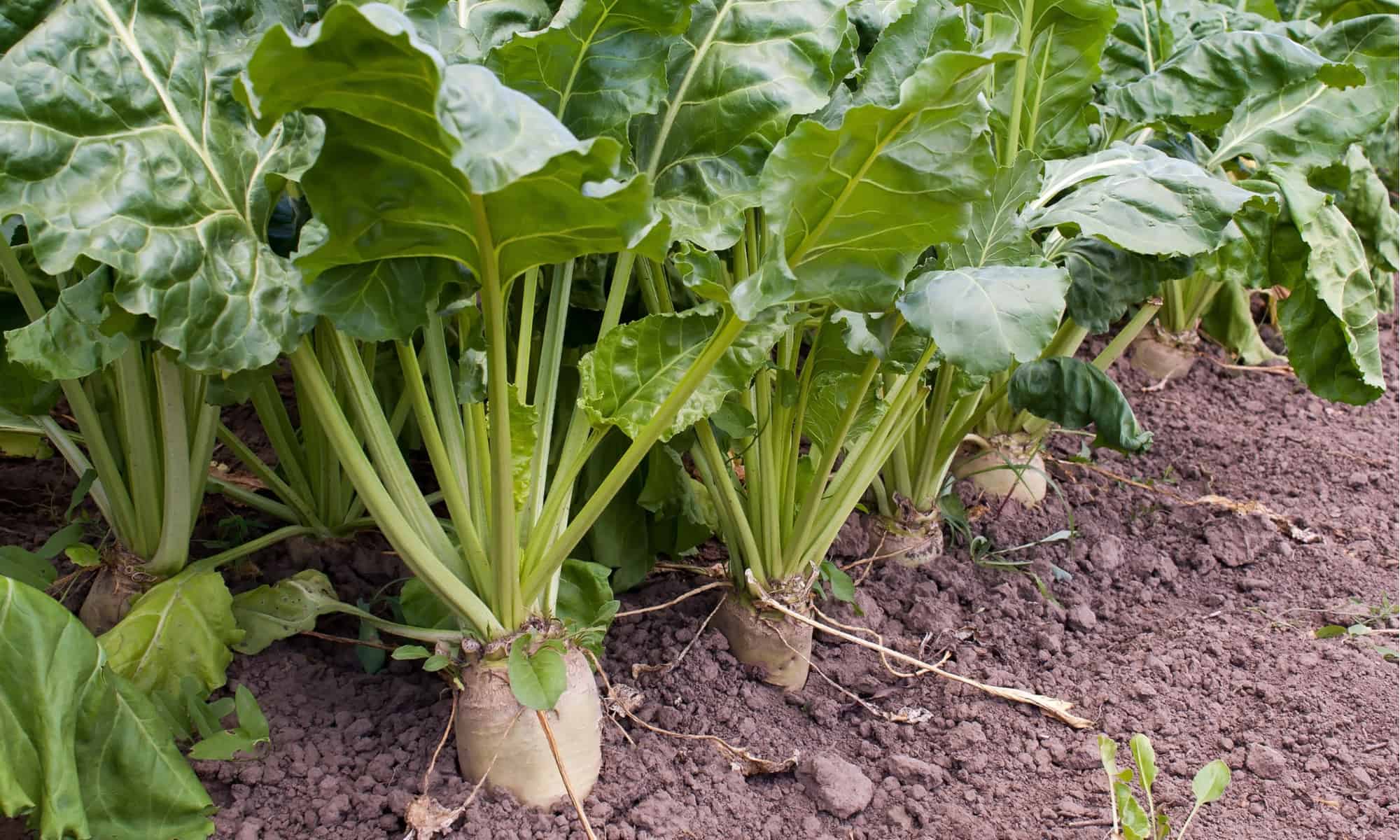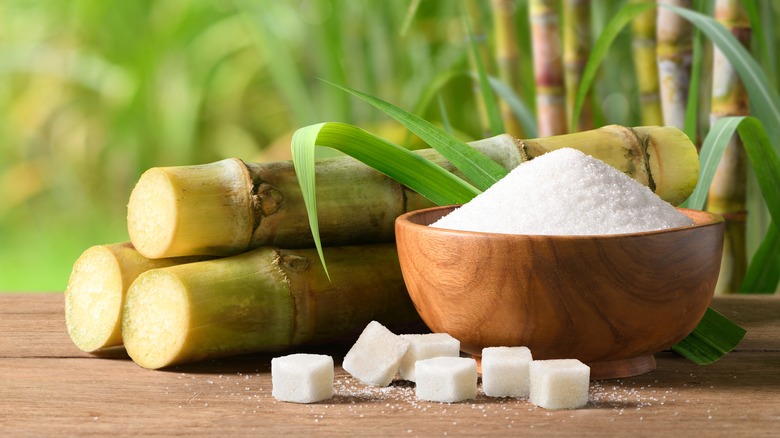Discover the Uses and Advantages of Beet Sugar Vs Cane Sugar in Your Daily Diet Regimen
Discovering the distinctive qualities of beet and cane sugar discloses more than simply their sweetening capabilities; it highlights their special influence on health and wellness and cooking arts. Beet sugar, known for its subtle taste, is frequently preferred in delicate desserts, whereas cane sugar, with its tip of molasses, adds richness to durable recipes. Each type holds its own dietary account and glycemic implications, welcoming a much deeper understanding of their roles in a balanced diet plan and lasting consumption methods.
Beginning and Manufacturing Processes of Beet and Cane Sugar

The distinct climates and dirt kinds required for growing sugar beetroots and sugarcane contribute to differences in their growing techniques and geographic distribution, affecting the business economics and sustainability of their manufacturing. beet sugar vs cane sugar.
Nutritional Comparison Between Beet Sugar and Cane Sugar
In spite of stemming from different plants, beet sugar and cane sugar are nutritionally extremely comparable, both primarily consisting of sucrose. Each supplies concerning 4 calories per gram, converting to roughly 16 calories per teaspoon. Structurally, both sugars are composed of roughly 99.95% sucrose, with very little quantities of various other compounds like wetness and trace element, which do not dramatically modify their dietary accounts.

Inevitably, when choosing between beet sugar and cane sugar based on nutritional content check out this site alone, both offer identical benefits and disadvantages as they are essentially types of the very same particle-- sucrose, giving fast power without various other nutrients.
Effect On Health: Glycemic Index and Caloric Material
Discovering additionally into the results of beet sugar and cane sugar on health sites and wellness, it is important to consider their glycemic index and calorie content. The glycemic index (GI) of both beet and cane sugar is around 65, classifying them as high-GI foods, which can trigger fast spikes in blood glucose degrees.
Each sort of sugar contains around 4 calories per gram, making their caloric web content equivalent. For those checking caloric consumption, particularly when managing weight or metabolic health and wellness conditions, comprehending this equivalence is vital (beet sugar vs cane sugar). Extreme intake of any high-calorie, high-GI food can add to wellness problems such as obesity, heart illness, and insulin resistance.
Environmental and Economic Considerations of Sugar Manufacturing
Beyond health and wellness influences, the production of beet and cane sugar likewise raises considerable environmental and economic worries. Sugar beet growing often tends to need cooler environments and has a lower geographical footprint contrasted to sugar cane, which thrives in exotic areas. Both crops are extensive in terms of water use and land occupation, potentially leading to deforestation and water shortage. Financially, the international sugar market is highly unstable, affected by modifications in global profession plans and subsidies. Numerous countries incentivize sugar manufacturing via economic assistance, skewing market value and affecting small-scale farmers adversely.
Furthermore, using pesticides and fertilizers in both beet and cane sugar farming can bring about dirt destruction and contamination, additional affecting biodiversity and local water bodies (beet sugar vs cane sugar). The choice in between growing sugar beet or cane usually depends upon regional environmental conditions and financial aspects, making the sustainability of sugar production a complex concern
Culinary Applications and Taste Differences
While the ecological and economic facets of sugar production are indeed substantial, the option in between beet and cane sugar also affects culinary applications and flavor accounts. Beet sugar, derived from the sugar beet plant, is recognized for its remarkably neutral preference.
Cane sugar, drawn out from sugarcane, often maintains molasses traces, which pass on click for info a distinct richness and deepness. This small molasses taste enhances the intricacy of baked products, sauces, and marinades. It is especially favored in things where a caramel touch is desired, such as in brownies or gingerbread. The slight variant in moisture web content in between beet and cane sugar can impact the appearance and uniformity of dishes, making cane sugar a recommended choice for certain dishes that benefit from its distinct buildings.

Final Thought
To conclude, both beet and cane sugar have distinctive beginnings and manufacturing procedures, supplying comparable dietary accounts with mild distinctions in salt content and flavor. While their influence on health and wellness, especially pertaining to glycemic index and calories, is comparable, the choice between them frequently comes down to environmental, economic variables, and certain culinary needs. Recognizing these elements can direct customers in making educated decisions that line up with their wellness goals and taste preferences.